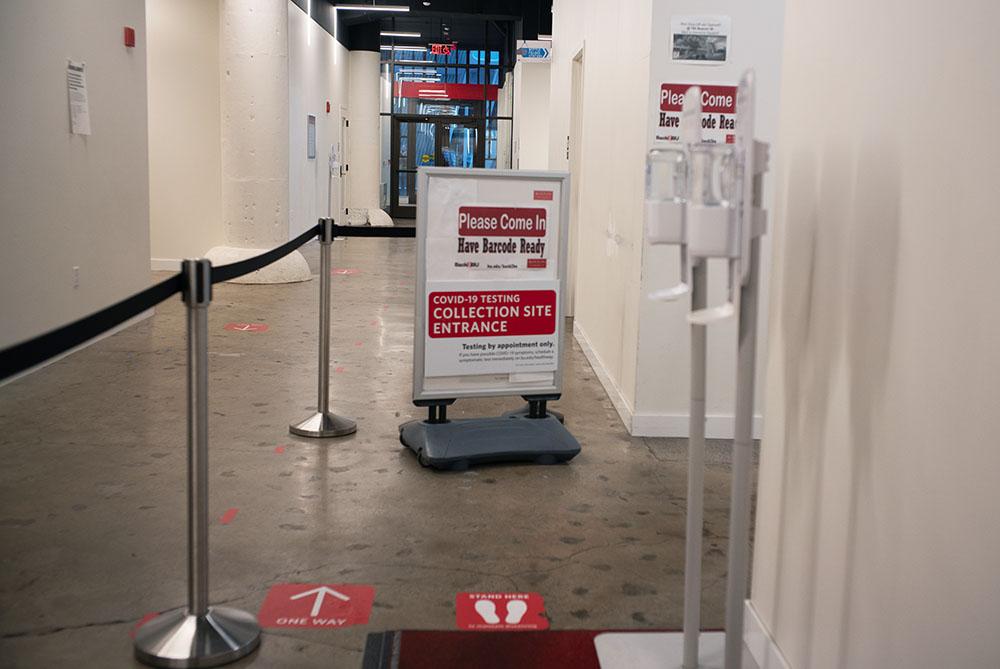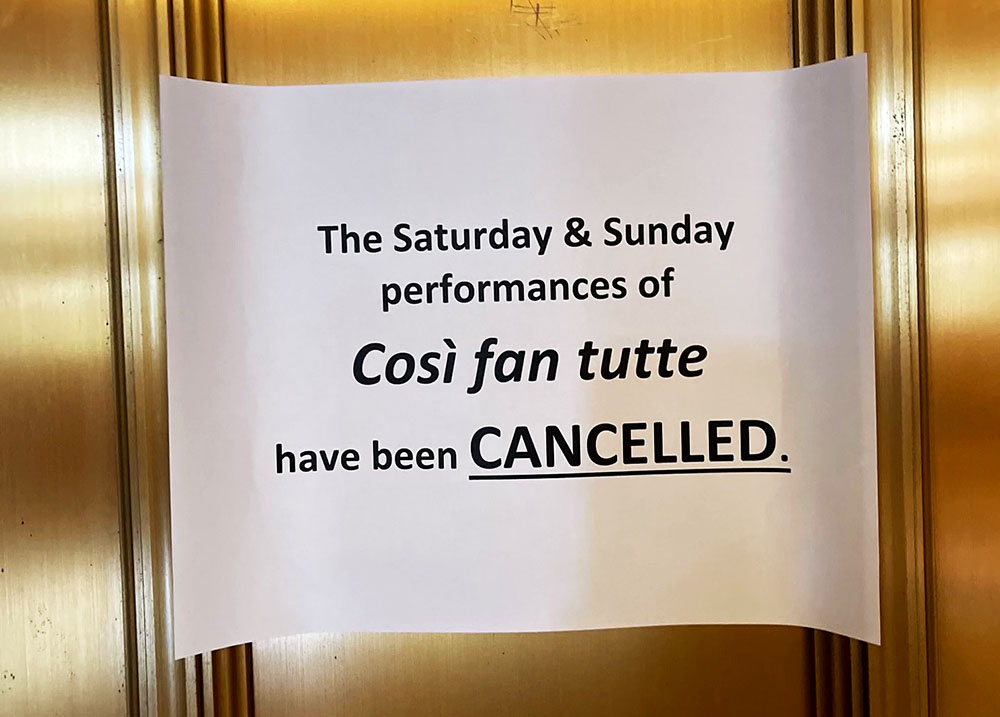My home state of California has been lauded for being one of the few states to flatten the coronavirus curve thus far, but successfully continuing to do so comes at a hefty price.
California Governor Gavin Newsom acted early, shutting down all non-essential operations across the state in early March before the number of active cases and deaths started to dramatically increase. City governments up and down the state issued stay-at-home orders in their respective towns quickly thereafter.
However, scientists, doctors and other residents of the Golden State are still holding their breath, waiting to see if these praised preventative measures will actually work long-term. Healthcare workers everywhere, from San Diego to San Francisco, are still preparing themselves for a spike in cases, which some expect to occur sometime this week.
Many of the greatest concerns surrounding COVID-19 relate to how it may impact the future, but Californians are already experiencing the brutal reality of life during a pandemic on a daily basis. For the residents of the most populous state in the country, everything is painfully silent.

All the freeways are practically empty, a rare sight for SoCal drivers used to constant traffic. With stay-at-home orders in place until at least May 15, few drivers are venturing outside. Gas prices have dropped to record lows, nearing $2 in some parts of Los Angeles and Orange County.
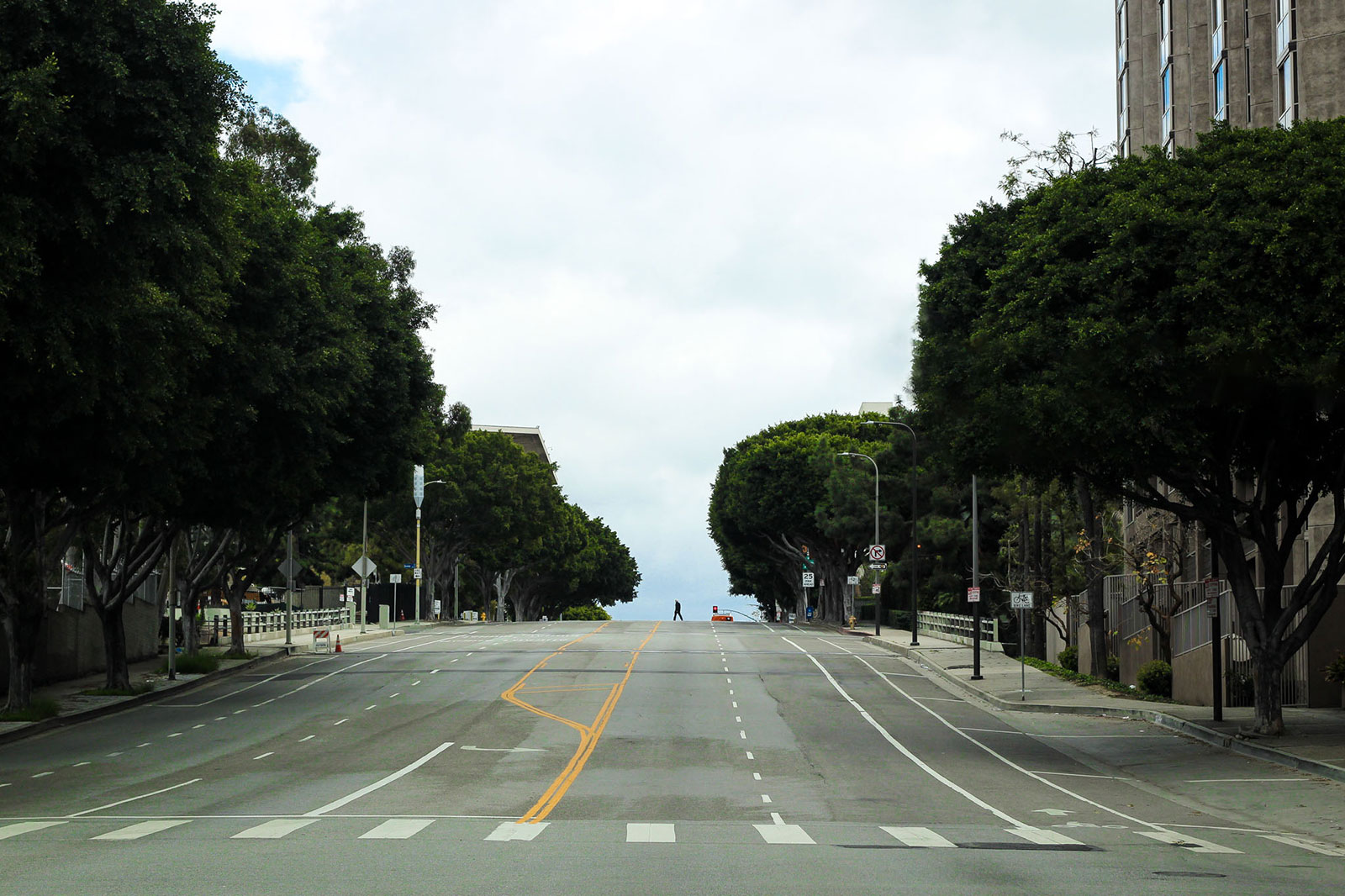
The eerie absence of cars isn’t limited to the freeways either — the streets of downtown L.A. are desolate, even during the usually busy lunchtime hour. Most of the city’s towering skyscrapers and other corporate complexes are unoccupied while employees work from home.
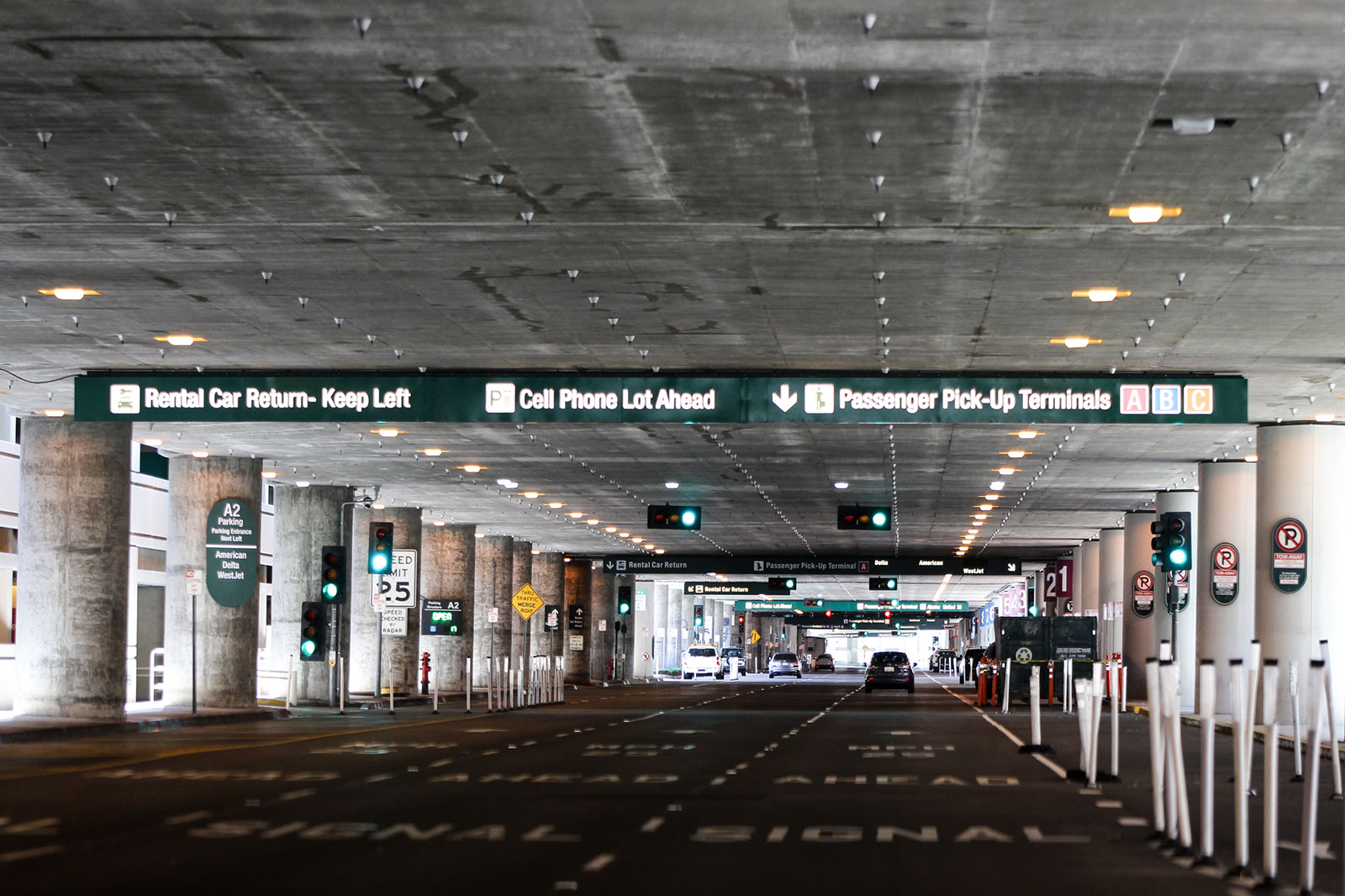
Airports have been especially affected by stay-at-home policies. Many flights coming in and out of John Wayne Airport in Santa Ana, CA have been suspended as travelers cancel their flights. Police officers monitor the airport terminals to ensure that social distancing is practiced. Commuter rails and other forms of ground transport are available for those who need to travel, but they are running on reduced schedules.
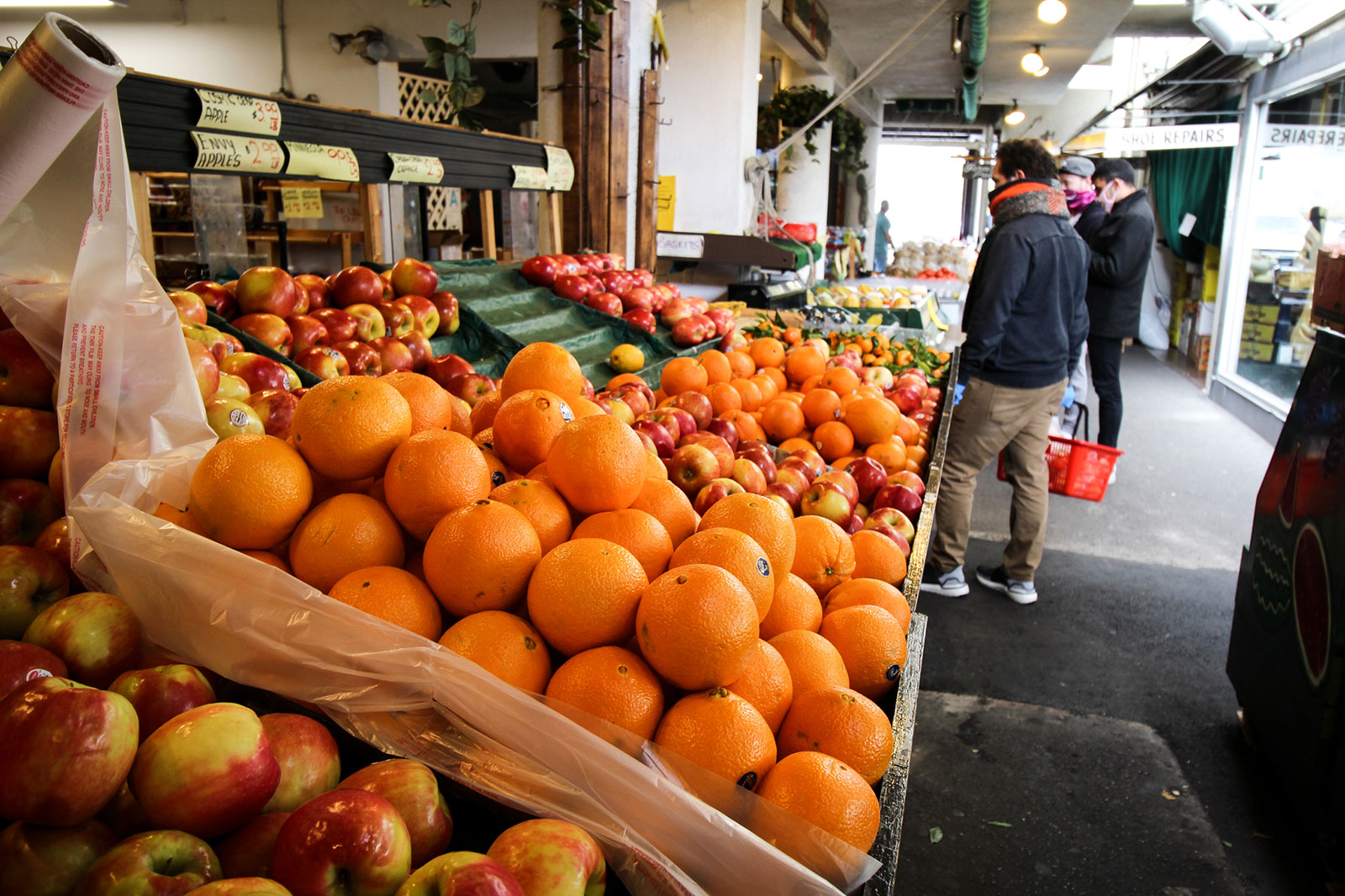
One of the few places in L.A. still showing signs of life is the Original Farmers Market off of Fairfax Ave. There is plenty of produce on hand as merchants struggle to drum up business.
Organizers of farmers markets across the county were required to meet with city representatives and implement stricter guidelines to prevent the viral transmission amongst shoppers. Policies include prohibiting shoppers from touching their food before purchasing it.
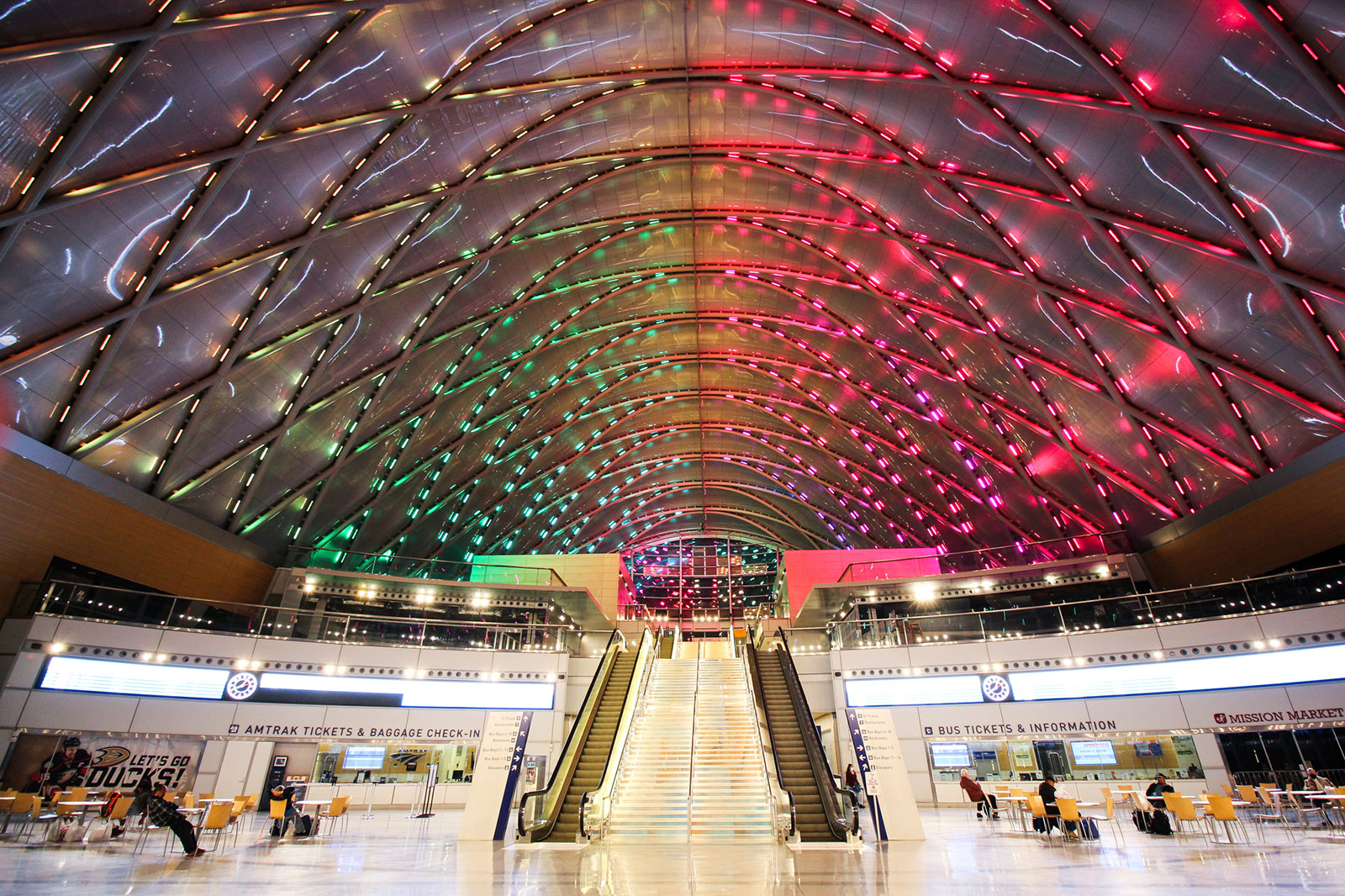
The sizable homeless population in Southern California faces a different set of challenges as the pandemic continues. With no homes of their own to self-quarantine in, the homeless have been forced to seek other options, such as the Anaheim Regional Transportation Intermodal Center in Anaheim, CA.
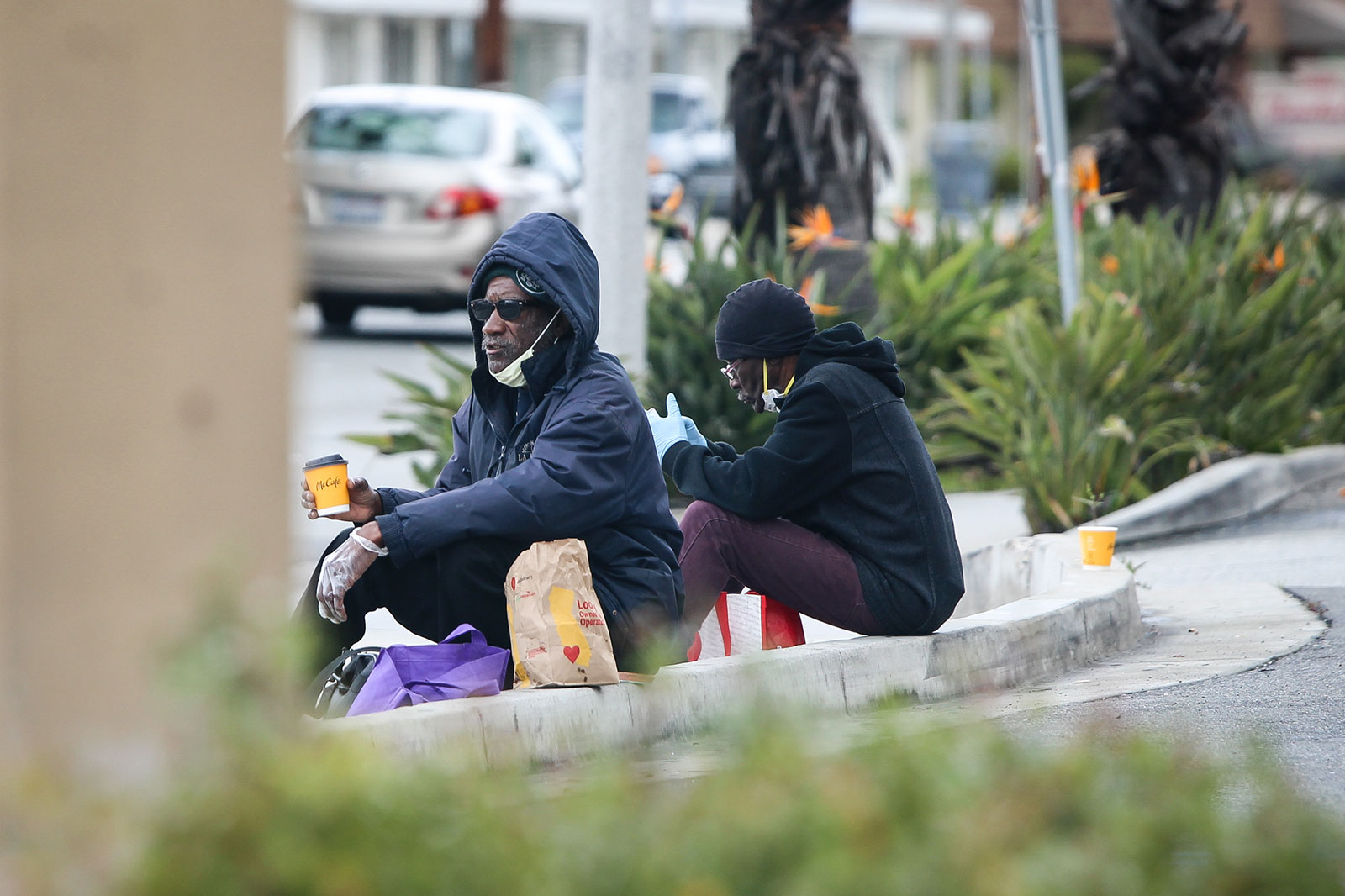
Others haven’t been as fortunate when it comes to finding indoor shelter. Local authorities are concerned about a potential rapid spread of the coronavirus in homeless encampments, where mask-wearing and social distancing are more difficult to enforce.
RVs have been set up at Dockweiler State Beach to isolate homeless individuals showing symptoms of the virus, but there are few available bed spaces compared to the number of people who will likely become infected.
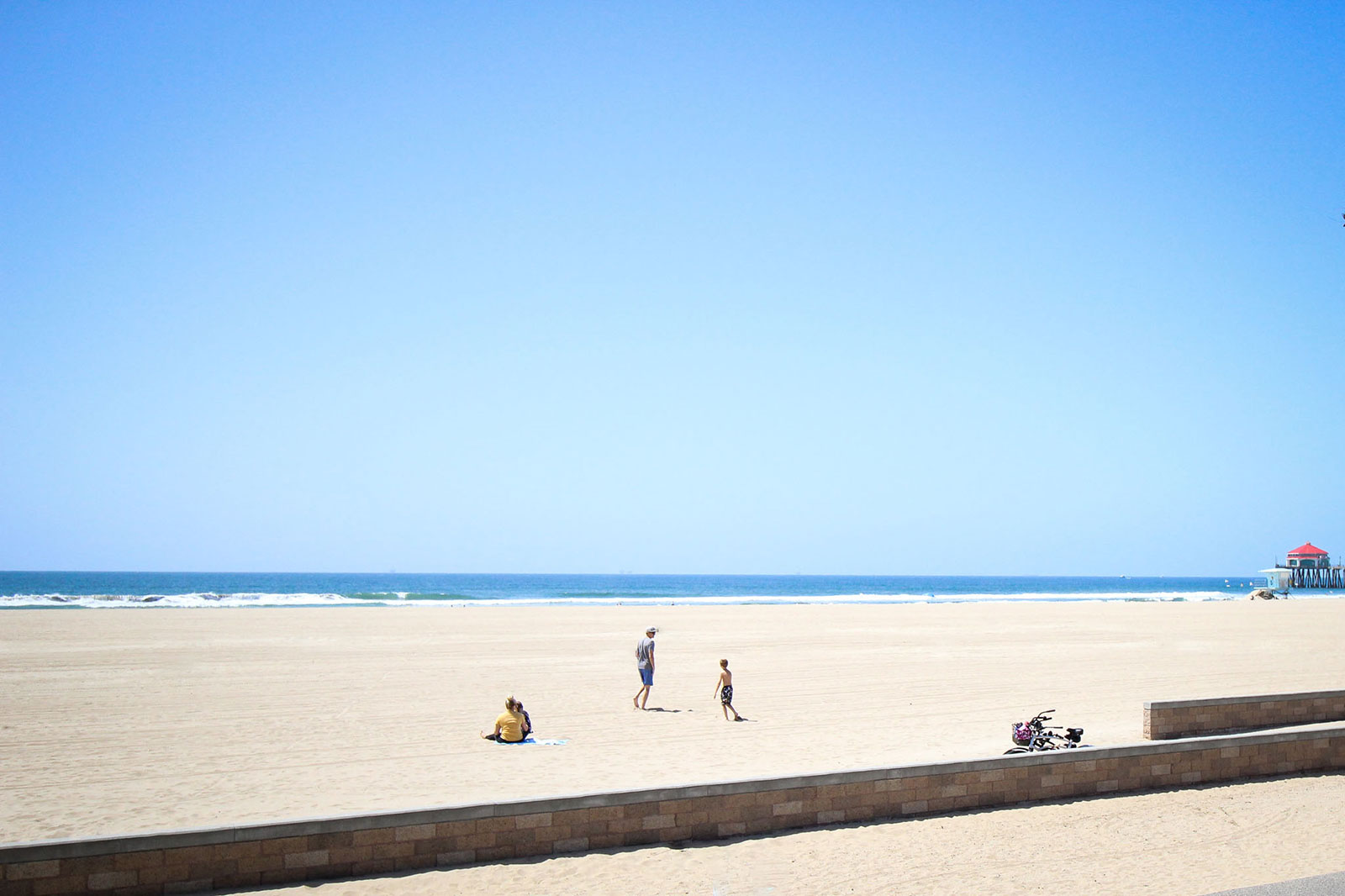
Meanwhile, the beaches outside of L.A. County remain open despite government warnings about the dangers of public recreation areas. Social distancing policies will only become tougher to carry out as summer approaches and the weather starts to heat up.

Although Huntington Beach, Orange County’s landmark beach, continues to receive several visitors per day, the beaches are still relatively vacant. For the first time I can remember, the palm trees lining the beach outnumber beachgoers.
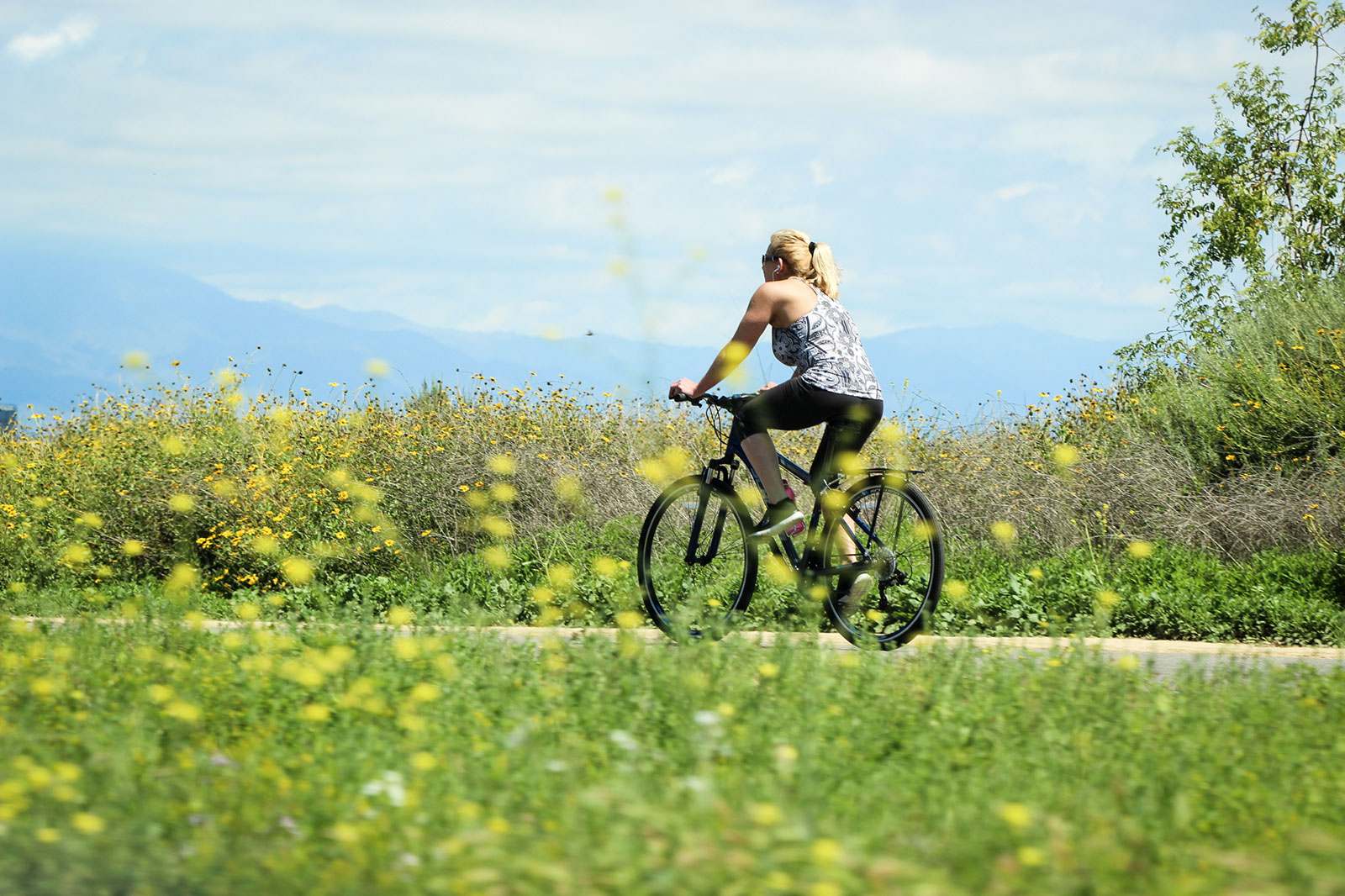
California residents without nearby beach access are making their way to public parks to keep busy. Parks and trails such as the Upper Bay Trail in Newport Beach, CA have presented a problem to local governance. Parks have still been packed with cyclists and visitors every weekend, and law enforcement has struggled to keep people away.
Concerned about possible Easter gatherings in public parks, Los Angeles Mayor Eric Garcetti restricted public access to L.A. County parks through April 13.
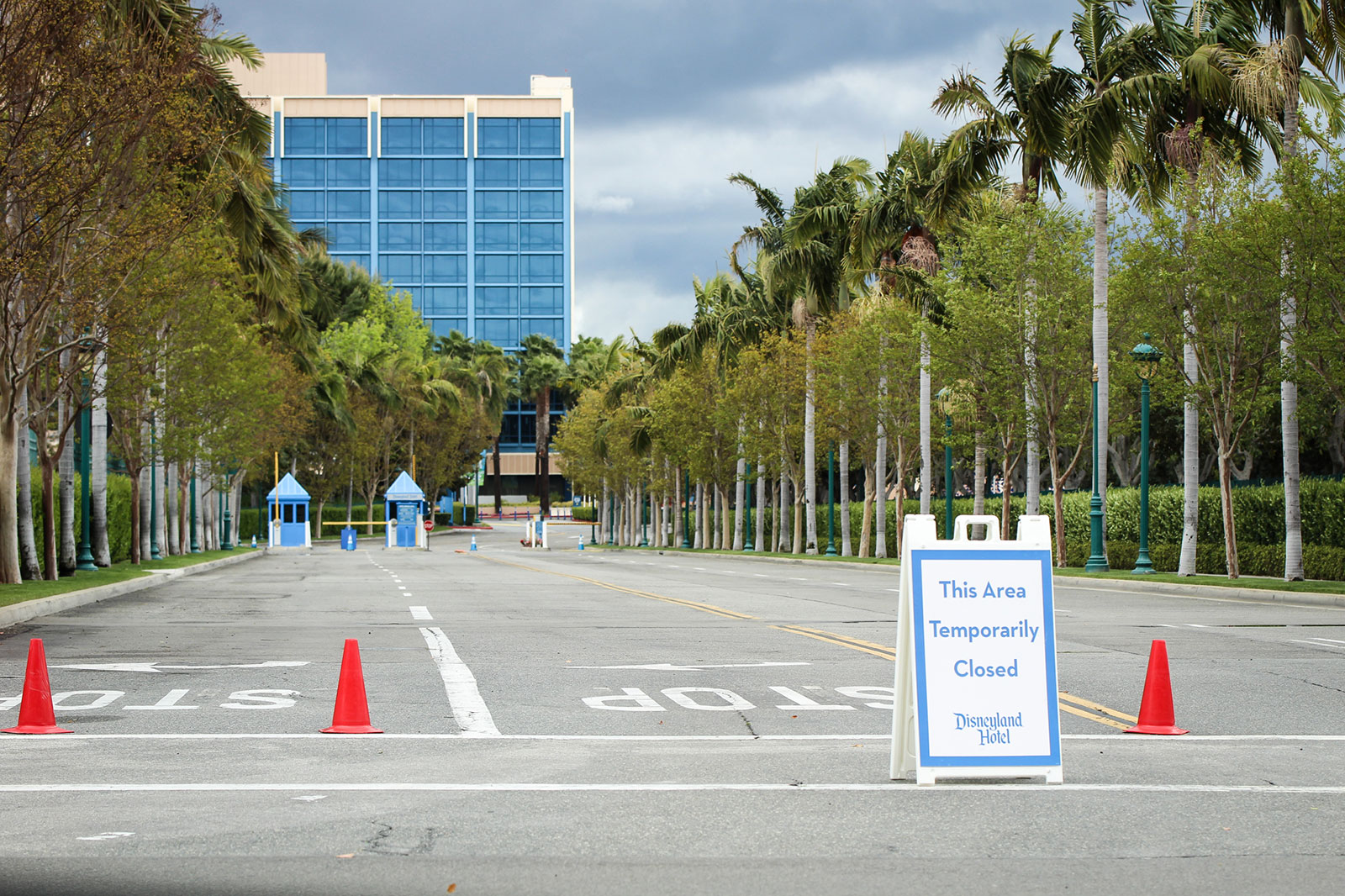
Several iconic SoCal locations are shut down altogether until they receive the go-ahead to re-open from the Centers for Disease Control and Prevention and other government entities. Disneyland was one of the first major sites to close, ceasing operations on March 12. All areas of the property, including the theme parks, hotels, parking lots, Downtown Disney and GardenWalk, are barred from public access.
As a result, thousands of Disney’s hourly and salaried workers have been furloughed until stay-at-home orders are lifted. The majority of those workers will have to file for unemployment, joining the 16 million Americans who have lost their jobs as a result of the pandemic.
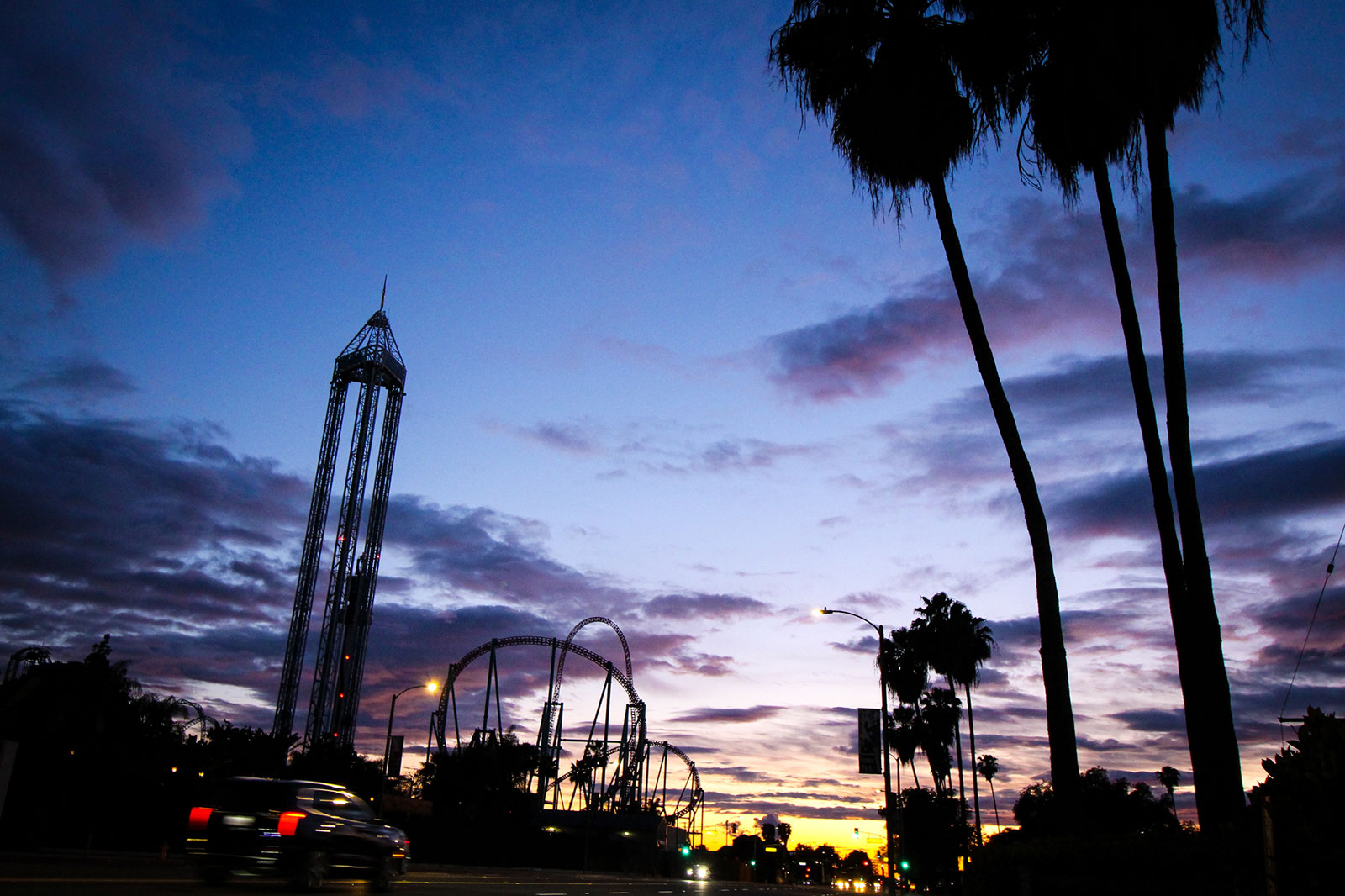
Knott’s Berry Farm, one of California’s other well-known amusement parks, has also closed its gates indefinitely. The park will not reopen until at least mid-May. Even if Knott’s main theme park is open during the summer, the opening of its summer water park, Soak City, may be in jeopardy due to safety concerns.
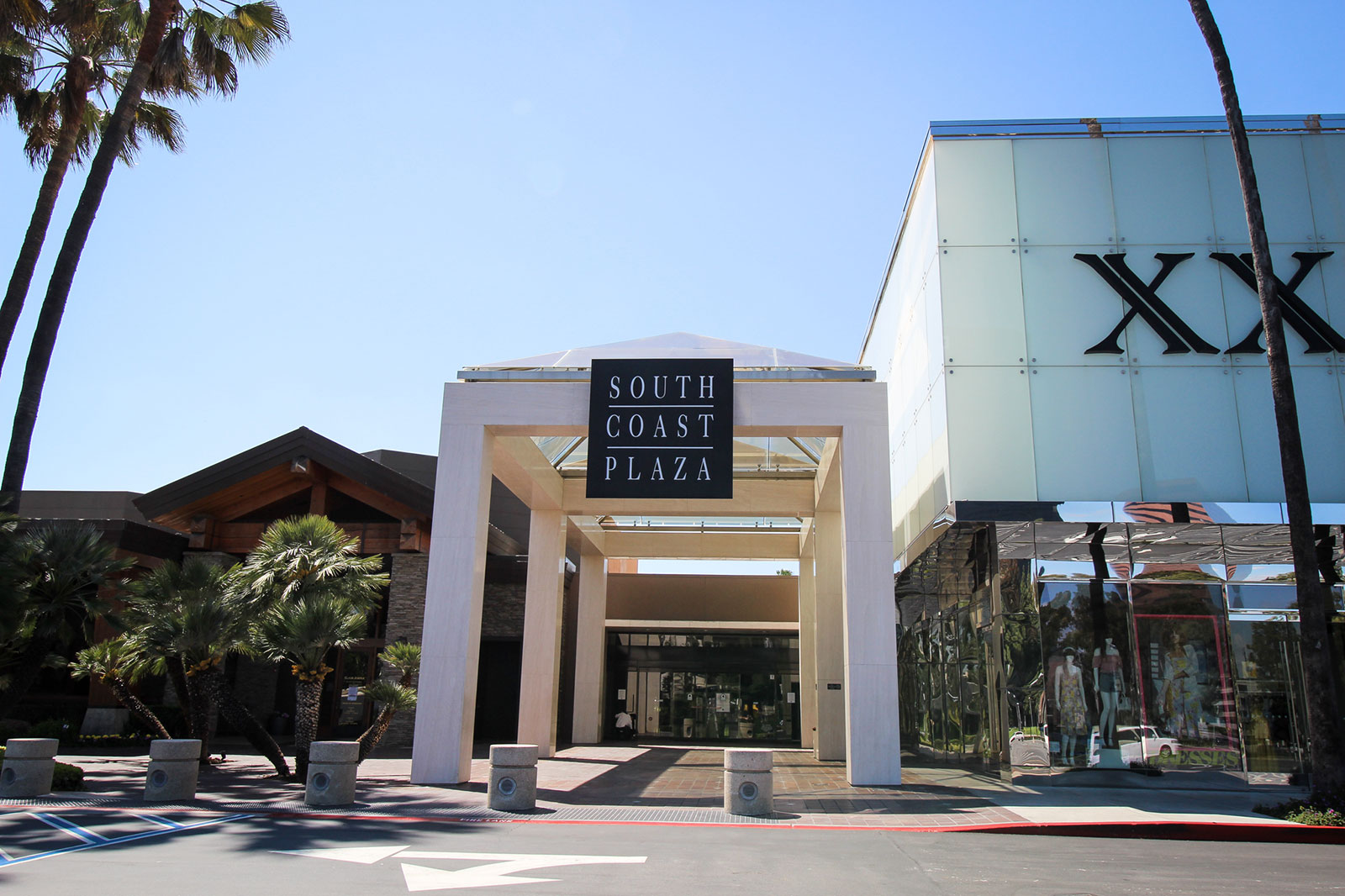
Most large shopping centers followed suit and closed their doors to all except security guards and other necessary personnel. South Coast Plaza, the third-largest shopping center in the country, closed on March 17. The Costa Mesa, California Mall didn’t have much of a choice but to shut down after an employee at the Christian Louboutin store tested positive for the coronavirus.
Fashion Island and the Irvine Spectrum, two other large shopping malls in Orange County, initially stayed open without regard to non-essential business closures. After coming under heavy fire for brazenly defying those policies, the Irvine Company, which owns both malls, temporarily boarded up all stores except for restaurants providing to-go options.
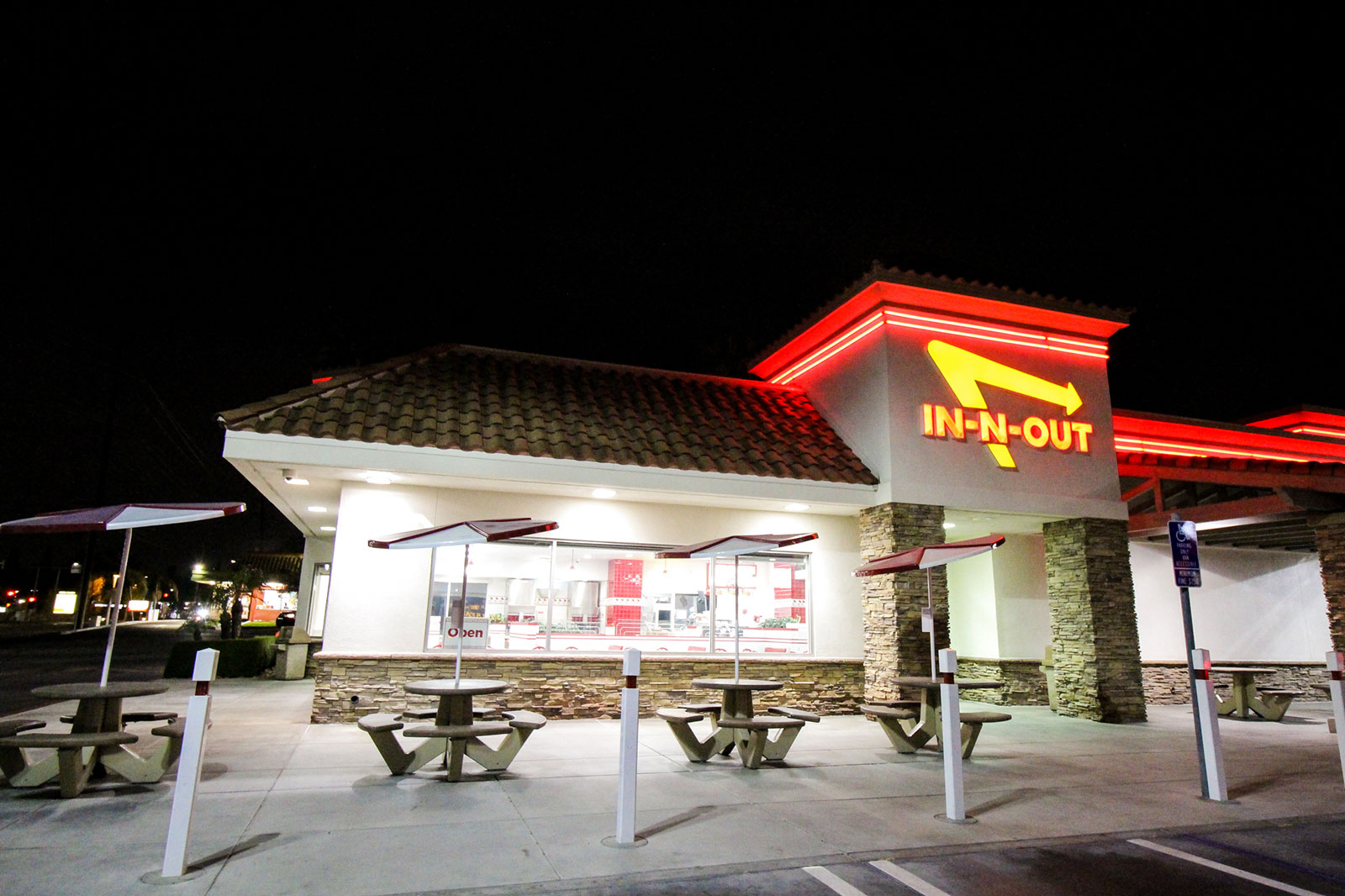
In spite of pandemic-related restrictions, many businesses and organizations are doing what they can for SoCal residents while following government guidelines. Famed West Coast fast food chain In-N-Out is offering takeout and keeping its lights on every night at locations across Southern California even though its dining rooms are closed in accordance with state mandates.
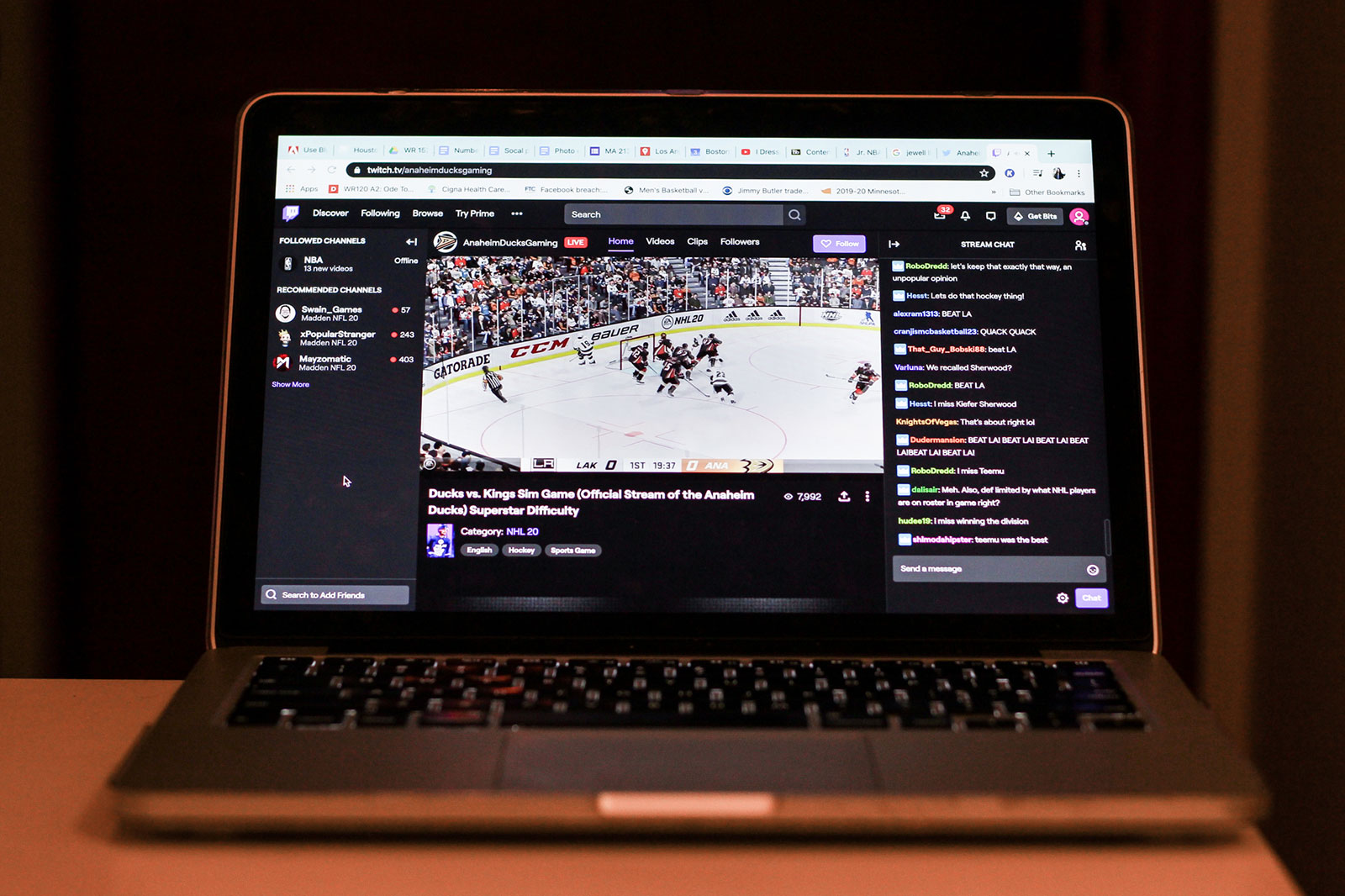
All sports are halted for the foreseeable future, but pro sports teams are providing online competition for fans to watch. The much-anticipated rivalry faceoff between the Los Angeles Kings and Anaheim Ducks on April 3 was postponed, but each team’s esports counterparts coordinated online matches streamed on Twitch.
Dodgers fans looking to watch non-digital competitions have been able to catch up on classic games and more recent contests on local networks for the first time in six years thanks to a reworked TV deal announced on April 1.

Murals, a critical part of cultural expression in Southern California, also serve as a sign of the times. Some of L.A.’s numerous muralists are doing their part to encourage Angelenos and other Californians to stay safe and stay home as the crisis endures. Pieces depicting everything from famous L.A. athletes to abstract art movements have been covered up in favor of ones that offer messages about the importance of fighting COVID-19.
L.A. murals get painted over as frequently as they go up, so there is no telling how long any of these artworks will stay alive. In spite of that, their messages aren’t going away anytime soon.
There doesn’t appear to be a quick solution to the coronavirus problem. No one can paint over or cover up a calamity as large as this one. Even the world’s top scientists and experts cannot predict exactly how effective Californians’ and other Americans’ daily sacrifices will be over time.
It can be tricky to work towards a goal when the end result isn’t guaranteed, but Californians have been through challenge after challenge and risen to the occasion time after time. I trust that we can do it again.






















































































































